Search
Search within Resources
1447 results found

Briefing
Ebola and Human Rights: Insight from Experts
Ebola demonstrates the critical link between health and human rights, the lack of governance, and the misdirection that befalls the international community in addressing such outbreaks. Human rights experts agree that the Ebola response falls into Lawrence Gostin’s paradigm whereby…
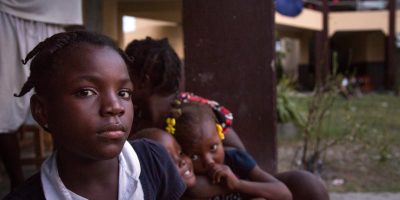
Background report
Prioritizing Health: A Human Rights Analysis of Disaster, Vulnerability, and Urbanization in New Orleans and Port-au-Prince
Climate change prompts increased urbanization and vulnerability to natural hazards. Urbanization processes are relevant to a right to health analysis of natural hazards because they can exacerbate pre-disaster inequalities that create vulnerability. The 2010 earthquake in Port-au-Prince and the 2005…
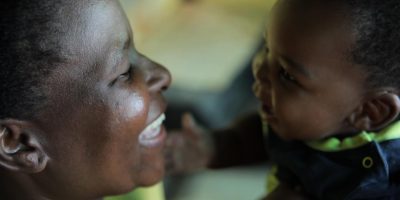
Background report
Transforming Policy into Justice: The Role of Health Advocates in Mozambique
Despite expanding policy commitments in many poor countries, health care is often a failure at the point of delivery. Lack of information, poor enforcement, and power dynamics prevent those whose rights have been violated from pursuing redress. In Mozambique, grassroots…
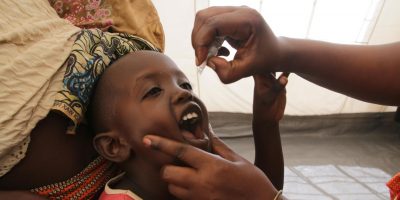
Background report
Interview with Francisco Songane: Evidence of Impact of Human Rights-Based Approaches to Health
Dr. Francisco Songane was Mozambique’s minister of health from 2000 to 2004. During his tenure, he oversaw the introduction of innovative strategies to tackle malaria and hepatitis B. In addition to ensuring the inclusion of HIV treatment in the public…
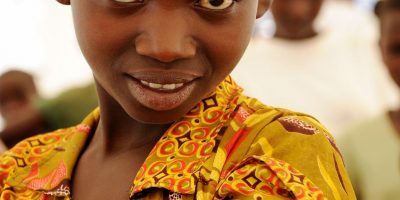
Background report
Challenging Orthodoxies: The Road Ahead for Health and Human Rights
Two decades of work delivering health care in poor communities provide a standpoint from which to challenge conventional doctrines in human rights and public health. These orthodoxies include the priority often assigned to civil and political rights over economic and…

Background report
Social Justice, Climate Change, and Dengue
Climate change should be viewed fundamentally as an issue of global justice. Understanding the complex interplay of climatic and socioeconomic trends is imperative to protect human health and lessen the burden of diseases such as dengue fever. Dengue fever is…
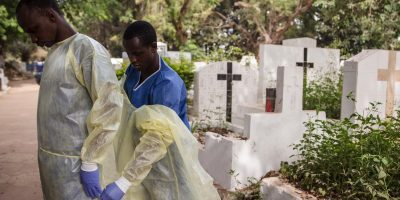
Background report
Biosocial Approaches to the 2013-2016 Ebola Pandemic
Despite more than 25 documented outbreaks of Ebola since 1976, our understanding of the disease is limited, in particular the social, political, ecological, and economic forces that promote (or limit) its spread.In the following study, we seek to provide new…
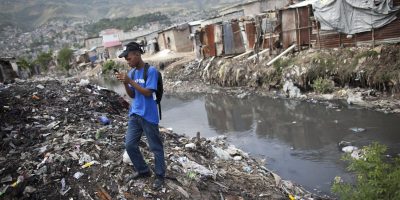
Evidence review
Cholera Outbreak Guidelines: Preparedness, Prevention and Control
This practical field guide brings together lessons learned from Oxfam’s past interventions in the prevention and control of cholera, and other related guidance. The aim is to provide a quick, step-by-step guide to inform cholera outbreak interventions and ensure public…
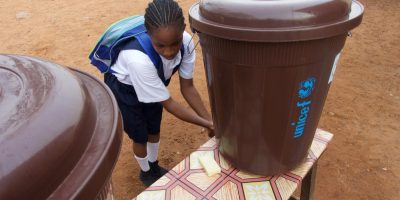
Evidence review
Guide to Community Engagement in WASH: A Practitioner’s Guide, Based on Lessons from Ebola
The Ebola response in Sierra Leone, Liberia and Guinea demonstrated that community engagement is critical in responding to epidemics. This was not always a guiding principle in the fight against Ebola, which initially prioritized biomedical and militarized responses. Working in…

Evidence review
Child Centred Disaster Risk Reduction and Climate Change Adaptation: Roles of Gender and Culture in Indonesia
The principle aim of this research was to investigate the roles of gender and religion in child-centred disaster risk reduction (DRR). Moreover, and through participatory research, informal conversations and direct advocacy, the project team hoped to build knowledge and awareness…
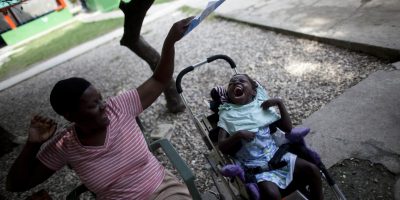
Background report
Anthropological Perspectives on Disasters and Disability: An Introduction
Natural disasters and disasters that directly derive from human actions, both evolving and sudden, trace the structural fault lines of the societies that they affect. Disaster outcomes disproportionately impact those with the least access to social and material resources: women…
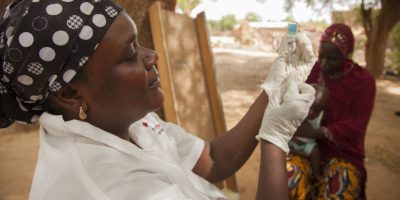
Background report
Reviewing Emergencies for Swaziland – Shifting the Paradigm in a New Era
The world’s highest HIV prevalence and the increasing number of deaths due to AIDS is having unprecedented impact on Swaziland. Worryingly, with a generation of orphans and rapidly escalating poverty, this desperate situation is being accepted as ‘normal’. HIV/AIDS in…


